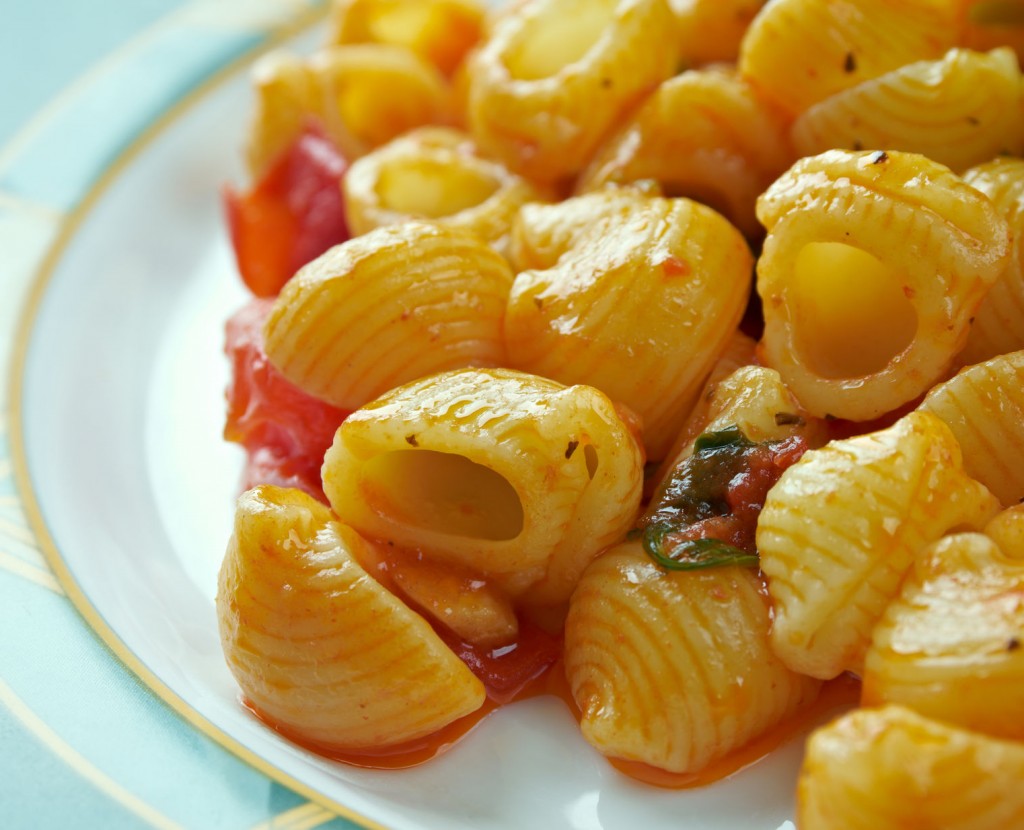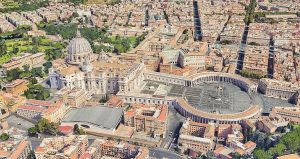
When it’s time to cook and you want to eat well — or perhaps impress someone you’re interested in with your culinary flair — you can do much better than simple mac ‘n’ cheese from a box (as tasty as that can be). The world of pasta is brimming over with delicious sauces and all manner of pasta noodles. While you might be thinking pasta is just pasta and it really doesn’t matter what shape it comes in, it actually does.
A little noodle knowledge (even for lazy blokes who don’t like to exert too much energy in the kitchen) can go a long way toward making your carb-loaded snacks a hell of a lot more interesting. Here are eight types of pasta noodle you may or may not be familiar with, and a few things you can pair them with. While this list by no means covers the entire field, it should give you a little insight into what’s out there, and help develop your Italian kitchen cred.
Acini di Pepe
Acini di Pepe are little couscous-sized — but not actual couscous — pasta balls that go incredibly well with soups and salads. Great for a break from traditional spaghetti, and perfect for quick-fix meals with broth and veggies — or else cooked and mixed into cold salads.
Campanelle
Campanelle, which look like cone-shaped bells, bring a playful take to the standard pasta silhouette. These medium-sized, swirly pasta nuggets match up perfectly with thicker sauces — think thick béchamel and chunky tomato — and various meat combinations. This type of noodle can add some flash to whatever protein choice or sauce you pair it with.
Casarecce
When you really want to dig into some thick and rich pesto or ragù, or perhaps a casserole, casarecce is the flour-based workhouse — completely vegetarian, no horse meat added — you’ll want to bring to the dinner table. Casarecce, with their basic stretched-out shapes and their literal twists, soak gooey, tasty sauces up like little pasta superheroes.
Fregola
Fregola pasta, with its North African influence, is another entry on our list that looks like couscous, although it’s not a specific grain like couscous. Fregola are made with semolina flour. These round, toasted Sardinian pasta orbs fit beautifully with seafood — especially clams. They also do well with lighter tomato sauces and roasted vegetables, like asparagus, onions, tomatoes, or zucchini, and with fresh salads as well.
Gnocchi
If you want to fill up fast, gnocchi are just the noddle for you. More like a dumpling than a traditional Italian pasta noodle, these doughy bites of goodness can be made out of flour, eggs, or potatoes. Match them with a bit of butter, some grated cheese, or a pesto sauce to highlight the natural gnocchi flavors.
Lumache
Lumache are for people who want to pretend they’re eating snails, but don’t want to deal with all of the actual protein ooze used-to-be-living snails produce. This snail-shaped pasta pairs amazingly well with cheese, cream, and thicker meat sauces, as they act like little scoops for all of the ingredients and zest.
Manicotti
Manicotti are God’s gift to pasta lovers. These massive pasta tubes are just begging to be stuffed with ricotta cheese and ground meat. Once they’ve been filled, baked and smothered with a tangy Italian béchamel sauce, you’ll get to bite into one. And then you and your friends will be in pasta heaven.
Mostaccioli
Mostaccioli, which is also referred to as penne lisce, is a tube–shaped pasta (not nearly as large as manicotti) that can do wonders for baked casseroles. Add simple but quality ingredients like ground beef, chopped onion, and mozzarella or Parmesan cheese, and bam! You’re now a master casserole chef. Penne lisce (mostaccioli) are different from penne rigate in that rigate have ridges, while the mostaccioli are as smooth as a baby’s powdered bottom.

























